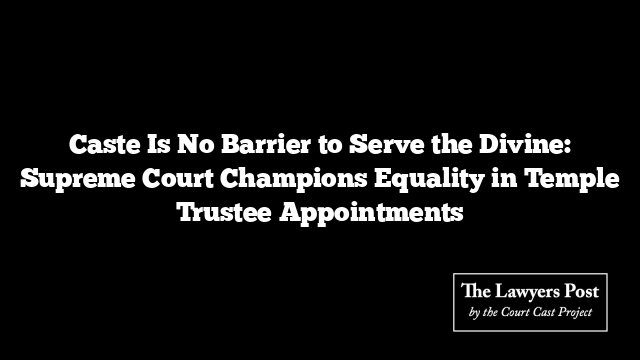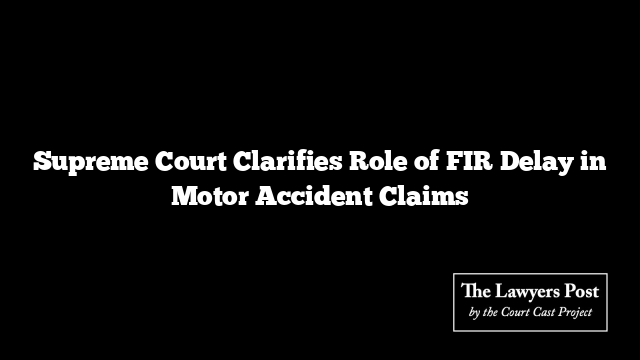In a powerful address, the Supreme Court highlighted the growing threat of drug addiction in India, urging the nation’s youth to resist the toxic allure of substance abuse. Speaking on the pervasive reach of the illicit drug trade, the Court called for urgent action, offering a roadmap to combat addiction and prevent its devastating ripple effects on society.
The judgment arose during the rejection of bail for an accused in a cross-border drug trafficking case. The bench emphasized that profits from narcotics often fund violent crimes and terrorism, compounding the crisis. Citing alarming data from the Ministry of Social Justice and Empowerment’s 2019 report, the Court noted that India has 2.26 crore opioid users, with millions battling dependency across states such as Punjab, Uttar Pradesh, and Maharashtra.
A Looming Crisis Among Youth
The Court voiced concern over the role of peer pressure, academic stress, and familial discord in driving adolescents toward addiction. It warned that glorifying drug use in popular culture contributes to a perilous cycle, derailing young lives and fostering socio-economic instability for an entire generation.
“We appeal to the youth to resist peer pressure and reject harmful behaviors modeled by those who glamorize substance abuse,” the bench urged, stressing the need for self-awareness and decisional autonomy.
A Call for Collective Action
The Supreme Court outlined a multi-pronged strategy to address the crisis:
- For Families: Parents must foster open communication and emotional security, shielding children from the temptations of escapism. Household harmony and quality time, rather than monetary indulgence, were highlighted as vital preventive measures.
- For Schools and Colleges: Educational institutions should integrate evidence-based drug education into their curriculums, spotlighting the physical, emotional, and legal consequences of substance abuse.
- For Communities: Collaboration among local communities, NGOs, and law enforcement can amplify awareness campaigns, particularly in vulnerable regions.
The Court also underscored the importance of rehabilitation over stigmatization, calling for parents and stakeholders to shed taboos around addiction and focus on creating supportive environments for recovery.
Strengthening Institutional Efforts
Government bodies like the National Legal Services Authority (NALSA) and the Narcotics Control Bureau (NCB) were urged to intensify their initiatives. The Court recommended expanding awareness campaigns and fortifying frameworks such as the National Action Plan for Drug Demand Reduction.
In its closing remarks, the bench reiterated the moral imperative of safeguarding the nation’s youth: “Addiction is not just a personal tragedy—it is a societal failure. Let us collectively ensure no child is left to fight this battle alone.”
This landmark judgment serves as both a clarion call and a blueprint for dismantling the web of addiction, aiming to restore hope to India’s future generations.





